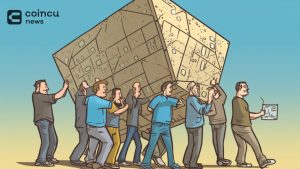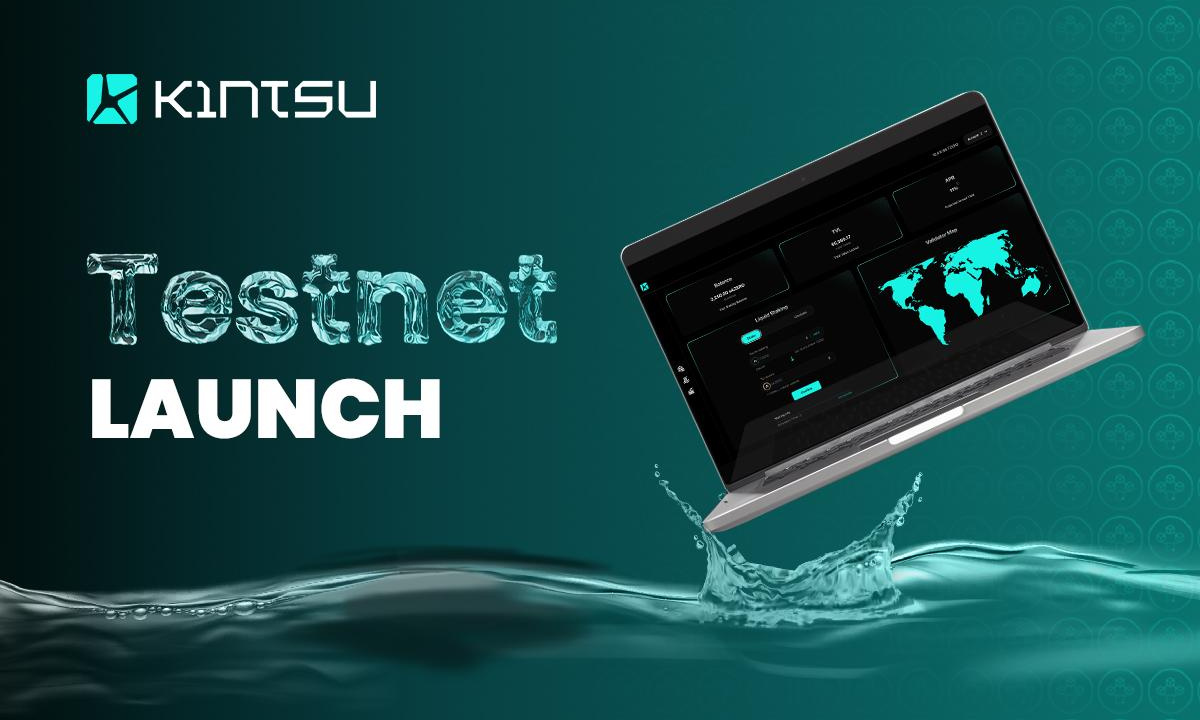Web 3.0 is hotter than ever. Last fall, all the attention was on changing the name of Metaverse and Facebook to Meta to capitalize on the momentum associated with these technologies. The total number of Metaverse patents is huge and Meta has many good patents related to Metaverse technology, but now public opinion has turned to Web 3.0 concept.
Critics of large, centralized Internet monopolies like Meta and Google claim that if we use the World Wide Web browser, Web 3.0 will liberate us from their control. But is there a motivation or technological background why users should move from Web 2.0 to Web 3.0?
Based on a number of indicators, it might be too early to start moving away from Web 2.0. The platform is still very widely used, although users are not always satisfied with the control of advertising, streaming and social media companies, but surely these organizations hold the largest market capitalization in the financial world.
Many CIOs recognize that the economy created by Web 2.0 is still generating tremendous revenue for them. Additionally, there doesn’t seem to be as many patents related to Web 3.0 technology as there are to other emerging technologies like Metaverse, including patents related to augmented reality.
What does Web 3.0 mean?
According to Tim Berners-Lee and his World Wide Web Consortium (W3C), there are several fundamental principles behind the idea of Web 3.0, the most important of which is the concept of decentralization.
- Decentralized: No regulatory authority approval required to post anything on the web, no central node of control and therefore no single point of failure and no “kill switch” . This means the network protects users from indiscriminate censorship and surveillance.
- Non-discrimination: If one person pays to connect to the Internet with a certain quality of service and the other pays for a higher quality of service, both can communicate at the same level. This principle of fairness is also known as net neutrality or internet neutrality.
- Bottom-Up Design: Instead of code being written and controlled by a small team of experts, it is developed with everyone’s full view, encouraging participation and experimentation as much as possible.
Tim has even developed a decentralized web platform called Solid (Social Linked Data). The website states: “Solid enables people to securely store their data in decentralized data stores called pods, which are similar to secure web servers for personal data. When data is stored in someone else’s pod, that person controls who and what apps can access it.”
Another Web 3.0 application is ThreeFold. The app invites users to join the peer-to-peer revolution powered by blockchain implementation and promises to bring “an open-source P2P internet owned by humanity.” The company is the main topic in an article upload on Forbes in June 2020 entitled: The world’s largest distributed peer-to-peer network lays the foundation for the decentralized internet.
Of course, Web 2.0 doesn’t overlook any of this, and Jack Dorsey recently did tweets on actually owning Web 3.0:
“You don’t own “web3”. Their VCs and LPs do. Users will never escape their “bait”. It ended up being a centralized entity with a different label. Users need to be aware of what they’re getting themselves into.”
Aside from issues of end ownership, the implementation of technology often brings with it an increase in patent applications related to those technologies. When it comes to web-based peer-to-peer (P2P) technology supported by blockchain or other peer-to-peer network platform technologies, the following line chart shows that although the number of patent applications is increasing New institutions, but they are small compared to other technology trends.
Number of patents related to decentralized web technology | Source: Clarivate Analytics
The data provided represents approximately 4,500 potential inventions in this field, most of which are linked to blockchain. The number of new patents is expected to decline from a peak of 877 in 2020. There are now over 63,000 blockchain-related inventions, over 100,000 related to Metaverse technology, and over 2 million patents. It covers aspects of web construction and usage in general. The declining number of decentralized web patents is a strong sign that they have no protective basis to encourage active investors to develop this space.
As with many blockchain solutions in development, the question is whether these applications can be scaled to the extent required to replace the existing Web 2.0 infrastructure. Decentralized web applications sound very specific and it looks like they are mainly used for private networks. Interparty security can be an attractive feature that helps users move away from centralized, public networks.
In addition to companies like Microsoft, IBM, Oracle, Intel and various Chinese financial institutions, a number of small companies have become potential partners for CIOs who need a decentralized web solution. Bright Data holds many of the same P2P web patents as IBM and claims that it has a Software Development Kit (SDK) that is installed by application owners and allows users to actively and voluntarily select applications or users to join the network. In return, both parties are fairly rewarded, making it one of the few collaborative digital networks of its kind.
Investing in expanding its patent portfolio to protect its digital network is a sign that the company takes its technology seriously and has taken the necessary steps to ensure it can continue to raise more money.
There has been a lot of talk about Web 3.0 lately. Given the lack of patents for these technologies and skepticism about whether they are truly decentralized and publicly owned, most CIOs should probably continue to invest in Web 2.0. The idea of a decentralized, publicly usable, large-scale web seems a long way off.
Join CoinCu Telegram to keep track of news: https://t.me/coincunews













